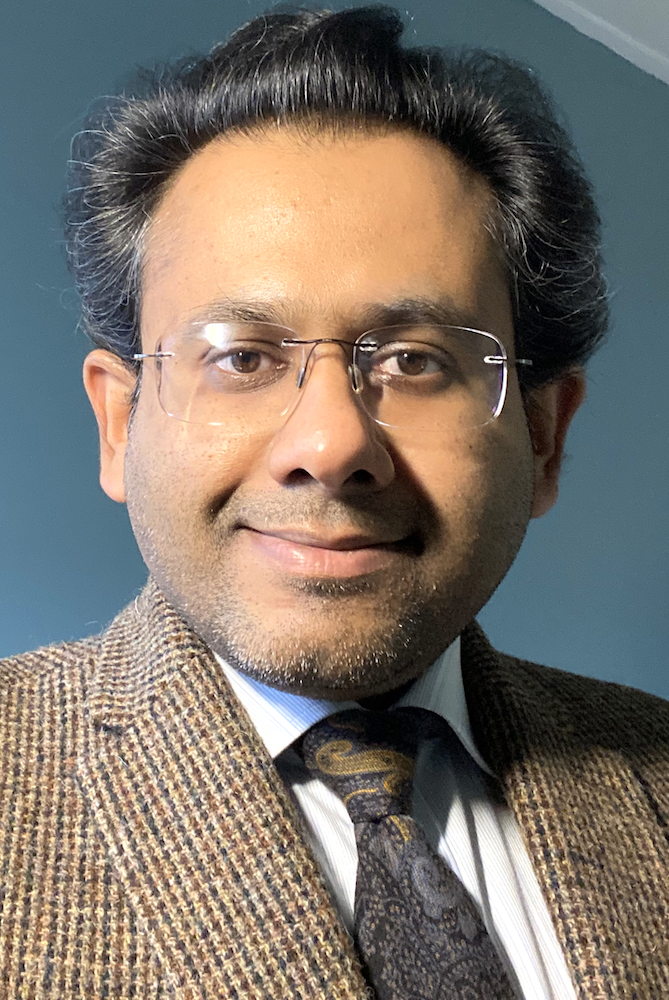

Kartik Jain, Associate Professor of Biofluid Dynamics,
Department of Thermal and Fluid Engineering,
University of Twente,
The Netherlands
E-mail: k.jain@utwente.nl
Ongoing Research Projects
Computational model to understand the physiology of flow reversal in Endoleaks (Co∅Endoleak)
Type II endoleaks are a persistent problem after endovascular aneurysm repair (EVAR) with a prevalence of 15-25%. They are characterized by the reversal of blood into the aneurysmal sac from side branches and growth of the aneurysm thereof. The occurrence of type II endoleaks is thus related to unfavorable sac dynamics, that in turn is associated with reinterventions and long-term survival. The reasons for the occurrence of type II endoleaks in some patients is an open question fundamentally. Using fundamental fluid mechanics and fully resolved direct numerical simulation of flow on large supercomputers, combined with a model for thrombosis this project aims to advance our understanding about flow reversal.
Understanding Liver Treatment to Improve Microsphere Optimal distribution (ULTIMO)
Each year, around 1.5 million people worldwide develop liver tumours. For a very small group of patients surgery can be performed while the remaining patients will be treated with systemic chemotherapy which give rise to a significant rate of adverse events and often provide a marginal increase in longevity. Selective Internal Radiation Therapy (SIRT) is a globally used minimally invasive treatment modality which consists of injecting radioactive microspheres into the hepatic artery using a catheter. The idea is that it results in a high absorbed tumour doses while largely sparing the surrounding healthy liver tissue. However, a striking observation from post-treatment imaging studies, looking at microsphere distribution is that many tumours do not receive a lethal amount of radioactivity. This is also in line with high variety in patient outcome because of progressive disease and rarely observed cure of the patient. There are several parameters that possibly affect this distribution. Understanding the effects of these parameters is needed to optimize this local treatment. In this project we want to learn what these parameters are and set-up a planning system that can calculate the most optimal treatment approach resulting in an optimal patient outcome by more efficacy and less side effects.
In the ULTIMO project funded by the NWO we will study this process using computational modeling and in vitro experiments.
Optical Coherence Tomography and High-Fidelity Flow Simulations for improved Stent Planning in Femoropopliteal Disease (OPTIMO)
In current endovascular practice for femoropopliteal disease, stent
sizing and landing zones are typically based on a single-plane angiogram.
A combination with a pre-procedural CT angiography is preferred by some
physicians.
Stent sizing may therefore be suboptimal and minor lesions in the landing
zone may be missed on the 2D imaging; two factors that have a detrimental
effect on stent patency.
Current workflow could benefit from an optimization of lesion imaging
during the procedure.
Catheter-mounted optical coherence tomography (OCT) is a laser-based
interference technique that, in one or several pullbacks, can produce a
3D-geometry of the vessel wall with micrometer resolution.
The introduction of intravascular OCT for peripheral arterial procedures
can greatly improve procedural imaging of femoropopliteal lesions and
therefore the planning of stent diameter, stent length and the optimal
landing zones.
In addition, OCT can be used to better visualize the anatomical result
after placement, compared to angiography.
Second, a high-resolution anatomic image obtained by OCT after stent
placement can be used for fully resolved flow simulations using
computational fluid dynamics (CFD) based on the Lattice Boltzmann method
(LBM).
The combination of best-in-class anatomic imaging with high-fidelity flow
simulations offers a comprehensive approach to identify and understand
pathophysiologic factors in stent planning that affect stent patency, and
therefore to change endovascular practice.
In this project with Abbott Vascular, we will investigate several
of these research questions through CFD simulations on HPC systems.